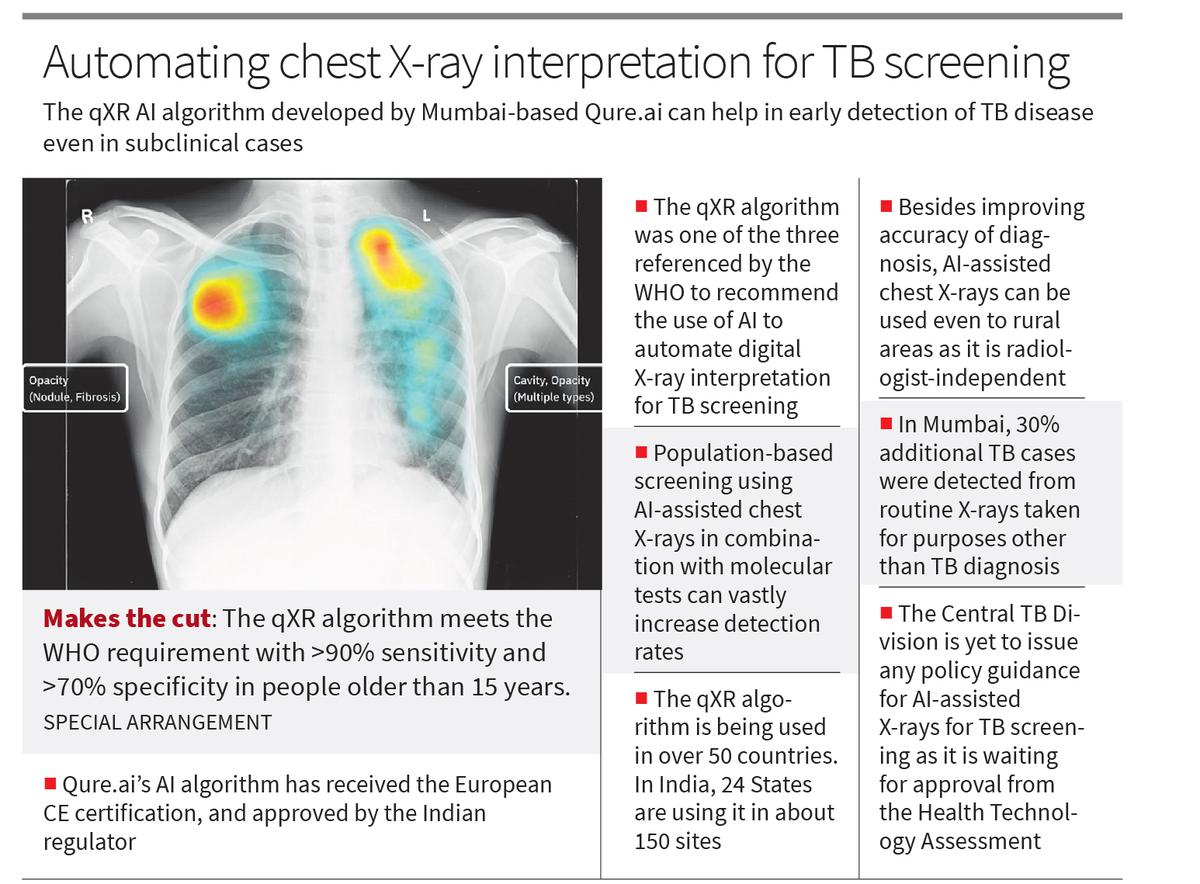India consumes 540,000 metric tonnes of tea each year
Tea plants came to India from China and Southeastern Asia about three centuries ago, brought here by India by the British colonialists. While experimenting to introduce tea in India, they noticed that tea plants with thicker leaves also grew in Assam, and these, when planted in India, responded very well. (We must add that tea is also grown in some areas in Karnataka, Kerala, and Tamil Nadu, though not in amounts comparable to that in the Northeast). Recently, Uttaranchal and U.P. have also started growing tea. Today, India has the largest total consumption of tea (540,000 metric tonnes of tea, or 620 grams per capita). And India is the world’s fourth largest exporter of tea and generates about $800 million.
According to the National Sample Survey Organization, India consumes 15 times more tea than coffee. In North India, tea has become the main daily drink there, both in urban and rural areas. A cup of it costs just ₹8 to ₹10, affordable for all. In contrast, even in South India (the home for coffee), a cup of tea is Rs.10 while coffee costs ₹15 to ₹20.
Chemical components
Several publications in the journals Food Chemistry and Food Science and Human Wellness have described the chemical molecules in tea leaves. They point out that these leaves are rich in aroma, which gives tea its fragrance. A 2015 paper in the journal Food Science and Human Wellness offers some examples of such aroma-filled compounds. In our daily diet, we have them in carrots, pumpkins, and sweet potatoes. Among the non-volatile examples, we have foodstuffs such as salt, sugar, calcium, and fruits, which are rich in vitamins and minerals.
Tea leaves are also rich in vitamins, and protective compounds that help in improving blood pressure, and cardiovascular health, reducing diabetes risk, improving gut health, alleviating stress and anxiety, improving attention and focus, and improving attention. In these, tea scores better than coffee, since tea has less caffeine, which is a nervous system stimulant. This is also why children are not advised to drink either of these.
The authors of the 2015 paper found that the aroma of tea leaves is due to the presence of carotenoids such as volatile compounds called carotenoids such as lycopene, lutein, and Jasmonate. On the other hand, the taste of food is due to non-volatile compounds such as sugar, salt, iron, and calcium.
In daily food cooked and made at home, these flavours come by using iron, salt, calcium, and sugar on one hand, and vegetables such as carrots, sweet potatoes, and fresh vegetables on the other. In India, the Central Food Technology and Research Institute (CSIR-CFTRI) at Mysuru (and its branches elsewhere), is involved in studying antioxidants, polyphenols, and other health-promoting molecules in Indian food.
As mentioned above, more Indians drink tea rather than coffee. What then are the benefits of drinking tea over coffee? Tea has less caffeine than coffee. Tea has more antioxidants than coffee beans, but some scientists claim that coffee is better against diabetes than tea. So, depending on your taste, you may choose!
Published – October 19, 2024 09:25 pm IST











